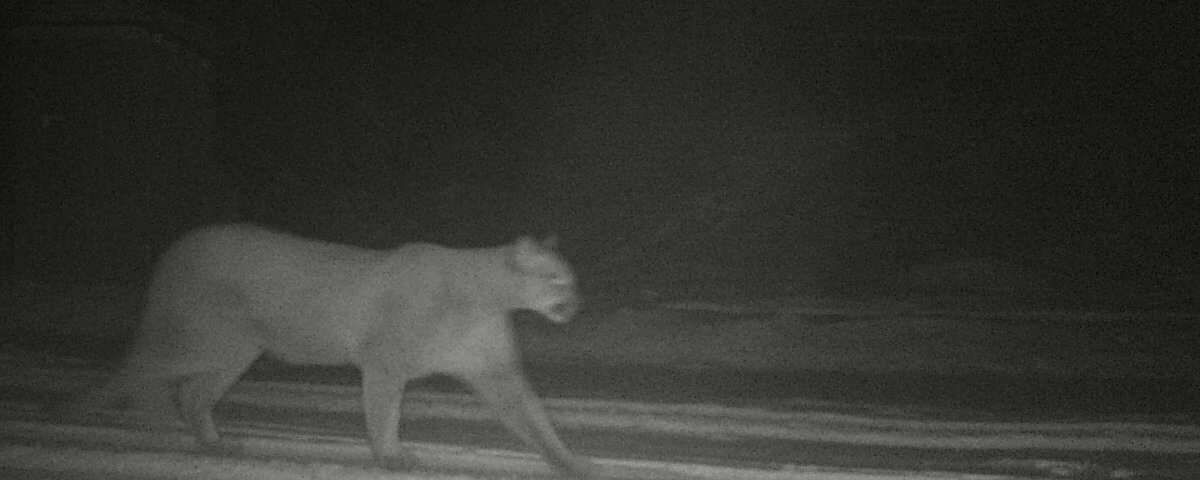To Help Wildlife, It May Be Best to Stay on the Beaten Path

Getting Clean Air to All
August 24, 2022
Dear County, We Need a Clearing and Grading Ordinance
September 25, 2022Many of us like to find those less popular trails, the ones on the fringes of a trail network where we are likely to see fewer people and more wildlife. As recreation has boomed across Washington, land managers will often direct recreationists away from crowded trails to disperse impact. However, this dispersal of people across a landscape could actually be spreading the impact of recreation.
One of the recommendations that emerged from Home Range Wildlife Research and Conservation Northwest‘s recently released report on the science of recreation and wildlife research was to “protect spatial and temporal refugia.” Wildlife need high quality habitat to escape the disturbance from our recreation corridors. The report encouraged land managers and policy makers to consider “consolidat[ing] recreation into areas with lower value to wildlife, and to build more compact trail networks to limit habitat fragmentation and the spatial footprint of recreation.”
How do the findings of this report influence how both individuals and land management agencies approach recreation? As part of our own responsible recreation we might consider limiting our recreational footprint: How far do we travel to recreate? Do we regularly recreate outside established recreational corridors? Agencies might consider seasonal closures to protect certain species at sensitive times such as mule deer winter range or wolverine denning habitat. Or they might consider temporal closures–closing certain trails or roads at night to provide wildlife with areas of habitat refugia. Reducing road density in wildlife habitat is another key consideration.
For agencies and land managers to make informed decisions, the report recognizes that more research needs to be completed. Mapping where recreational areas overlap with wildlife habitats will help inform where proactive management could take place.
If you’re interested in learning more about the impacts of recreation on wildlife, we recommend diving into the full report which focuses in on species specific concerns. We also recommend check out Conservation Northwest’s Wildlife-Recreation Coexistence Program.
Photo: Mark Wolf-Armstrong


